Dubailand, a vast amusement complex twice the size of Walt Disney World, has been hit by the harsh economic realities of the global downturn.
DUBAI, UAE
Walk through the grand arched entrance of Universal Studios’ Dubai theme park, and you step into … wind-swept desert.
No Hollywood thrill rides, no ticket kiosks, no studio backlots. Even the guard house and the construction office sat empty during a recent visit.
The planned park is part of a vision by Dubai officials to turn a patch of sand on the edge of the Mideast city-state into Dubailand — a vast amusement complex twice the size of Walt Disney World studded with theme parks including Universal Studios, Six Flags and Legoland, along with resorts, the world’s biggest shopping mall and the first golf course designed by Tiger Woods.
It is now unclear when or if much of it will ever get built. Dubailand has hit the harsh economic realities of the global downturn, much like the rest of Dubai, which once seemed unstoppable in its drive to build the biggest, the tallest, the most extravagant.
“At this point, it’s kind of hard to sell,” Bobby Sarkar, a real estate analyst at Al Mal Capital in Dubai, said of the Dubailand project. “Obviously it’s not feasible currently.”
Dubailand was conceived at a time when cash was readily available and the pint-sized emirate was expanding rapidly, building man-made islands, ever-taller skyscrapers and gleaming luxury housing. Now in the world economic crisis, easy credit has disappeared, and Dubai faces crippling debt and a glut of brand-new real estate. Thousands of foreign workers who flocked here seeking higher-paying jobs are pouring out of the city as layoffs mount.
“Was Dubailand a sound idea? In part yes,” said David Camp, director at ERA Aecom, whose consulting firm was involved in early plans for the site. “But it got carried away, like most of Dubai.”
Dubailand was launched six years ago as part of the emirate’s push to more than double its tourism numbers to 15 million visitors by 2015. The hope was that their dollars, euros and riyals would keep the economy chugging ahead despite the emirate’s dearth of oil reserves.
The project sprawls over more than 259 square kilometres of desert — bigger than Orlando, Fla., home of some of America’s most famous amusement parks.
A few parts have been built, including a humble outlet mall and a fairground open only during the cool winter months.
But much of what is promised appears to be stalled and running well behind schedule.
Six Flags, the New York-based amusement park chain, said plans for its first Mideast park were “moving forward” but provided no additional information. The company filed for bankruptcy protection in June.
The Tiger Woods-designed golf course will not open as planned this year. Woods recently told The AP the project is delayed and is “out of my hands.”
Dubailand said “consistent progress continues” at the course. Three of the 18 holes are completed, which it said confirms its commitment to the project.
For the international brands, Dubailand must have looked like a great opportunity.
“Around Dubai, and I’m talking about a radius of more than 3,000 miles, there are no major theme parks. Given that, it is a good idea to have a world-class theme park in the Middle East,” said former Dubai resident and amusement park enthusiast Stefan Zwanzger, who blogs about the industry at Thethemeparkguy.com. “I’m not sure it makes sense to build 10 or 11 theme parks at about the same time.”
-Associated Press



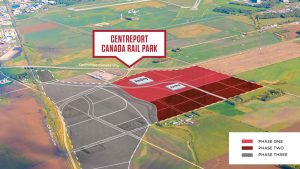
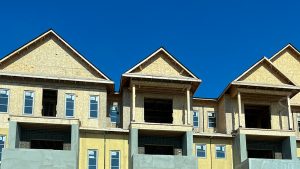


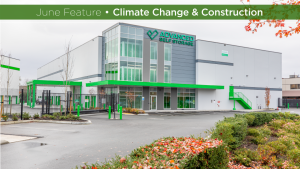
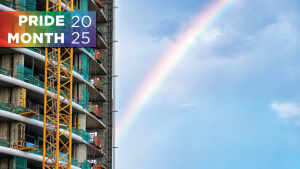
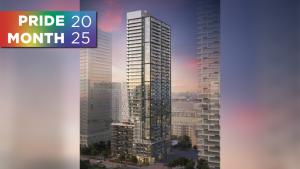
Recent Comments
comments for this post are closed